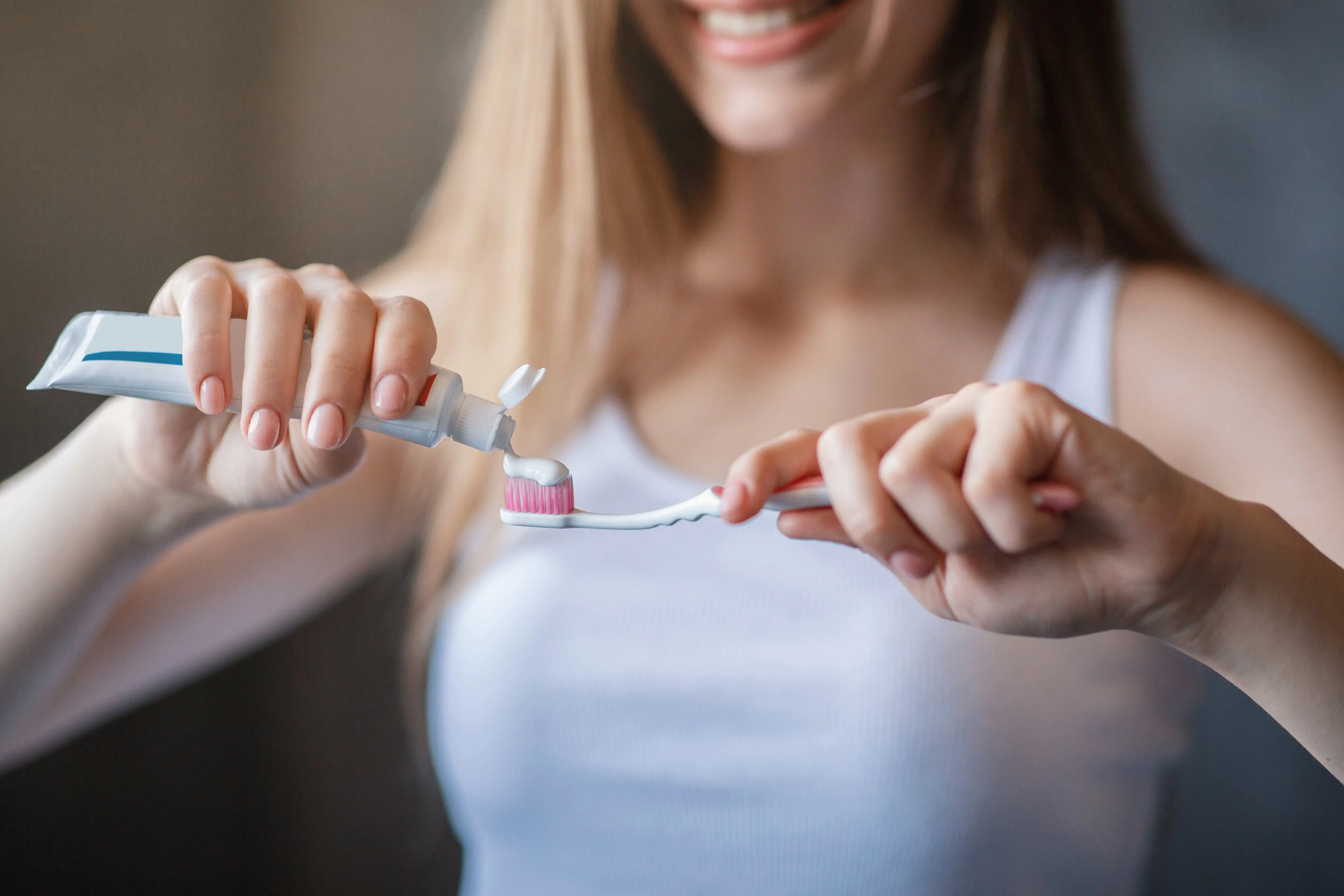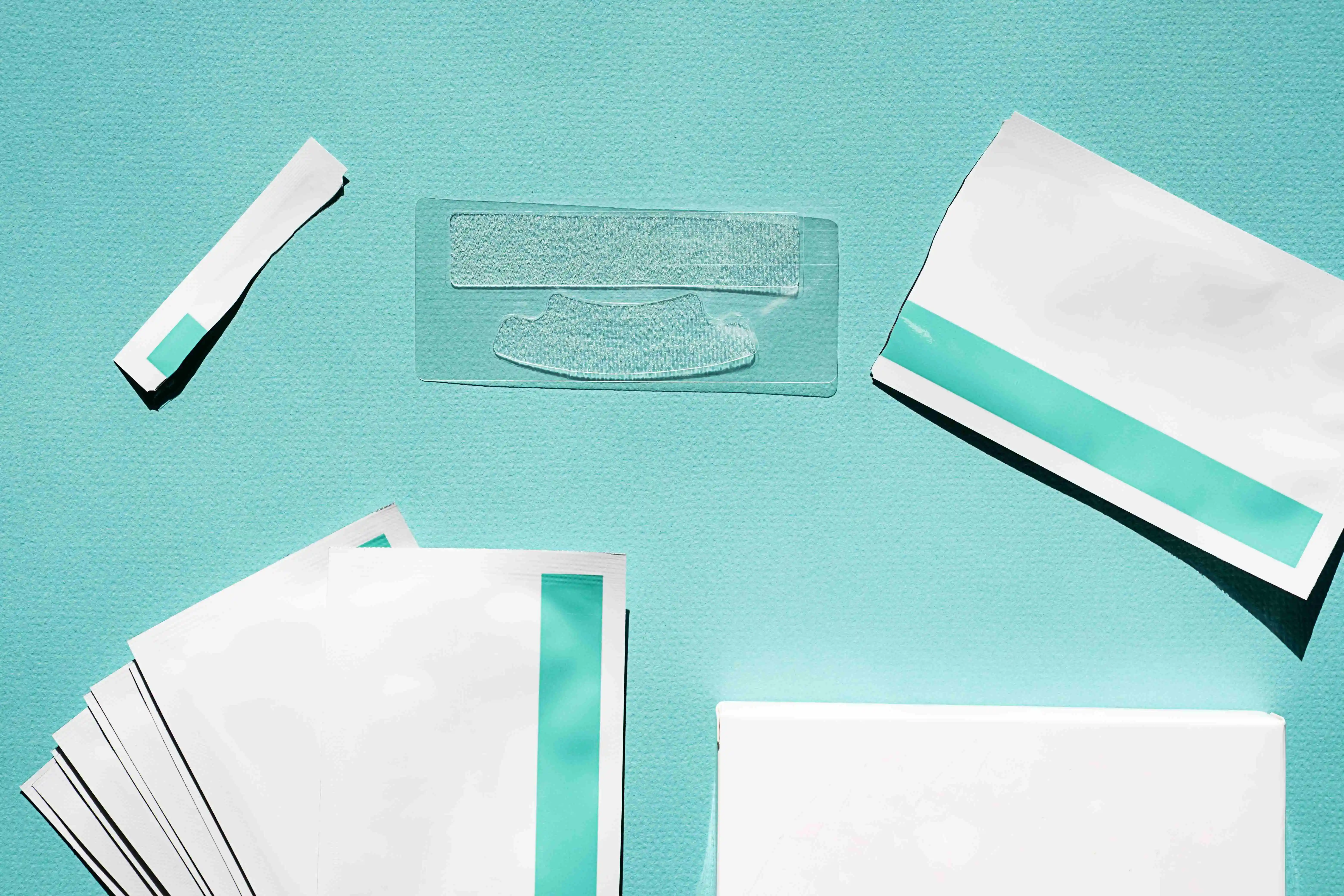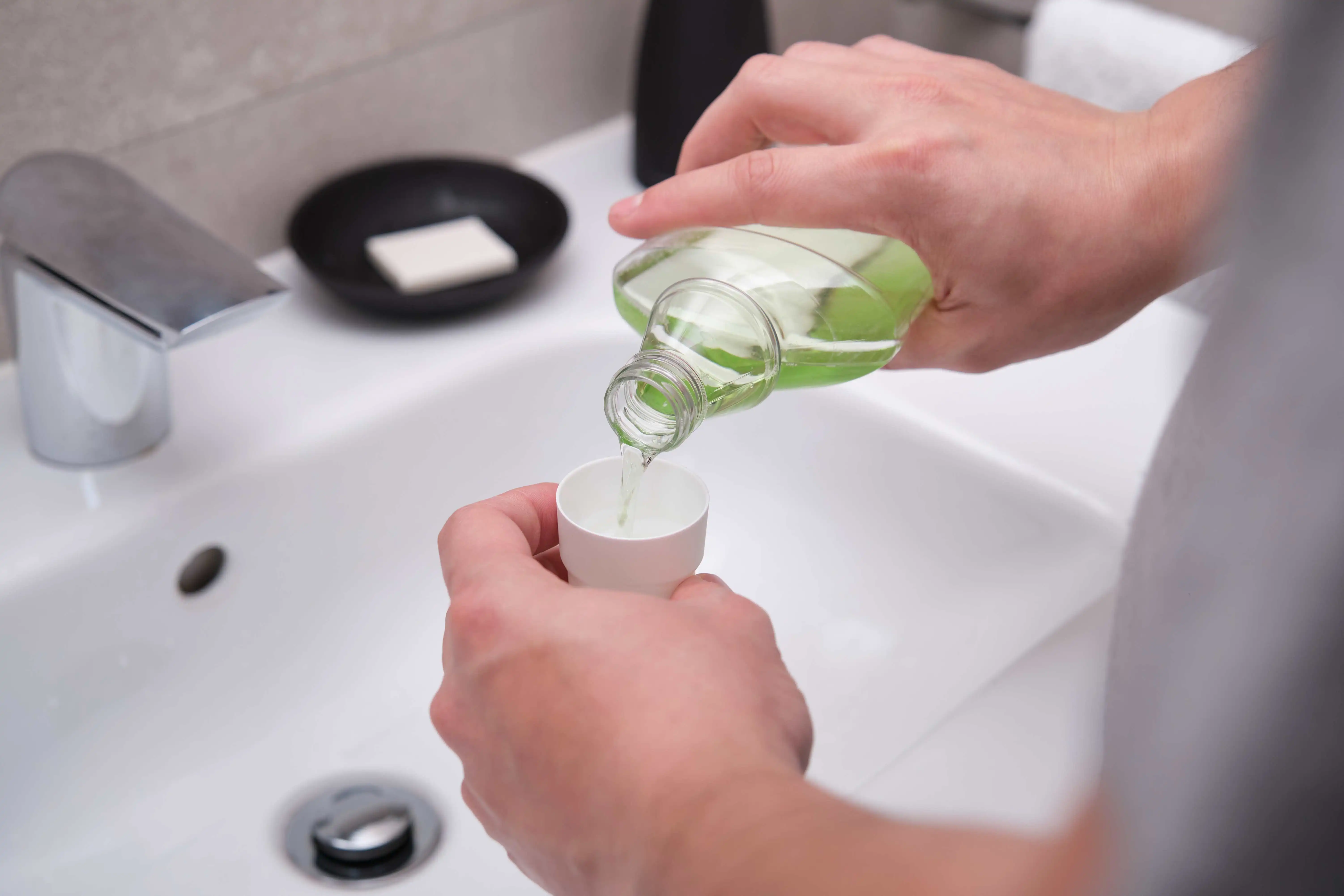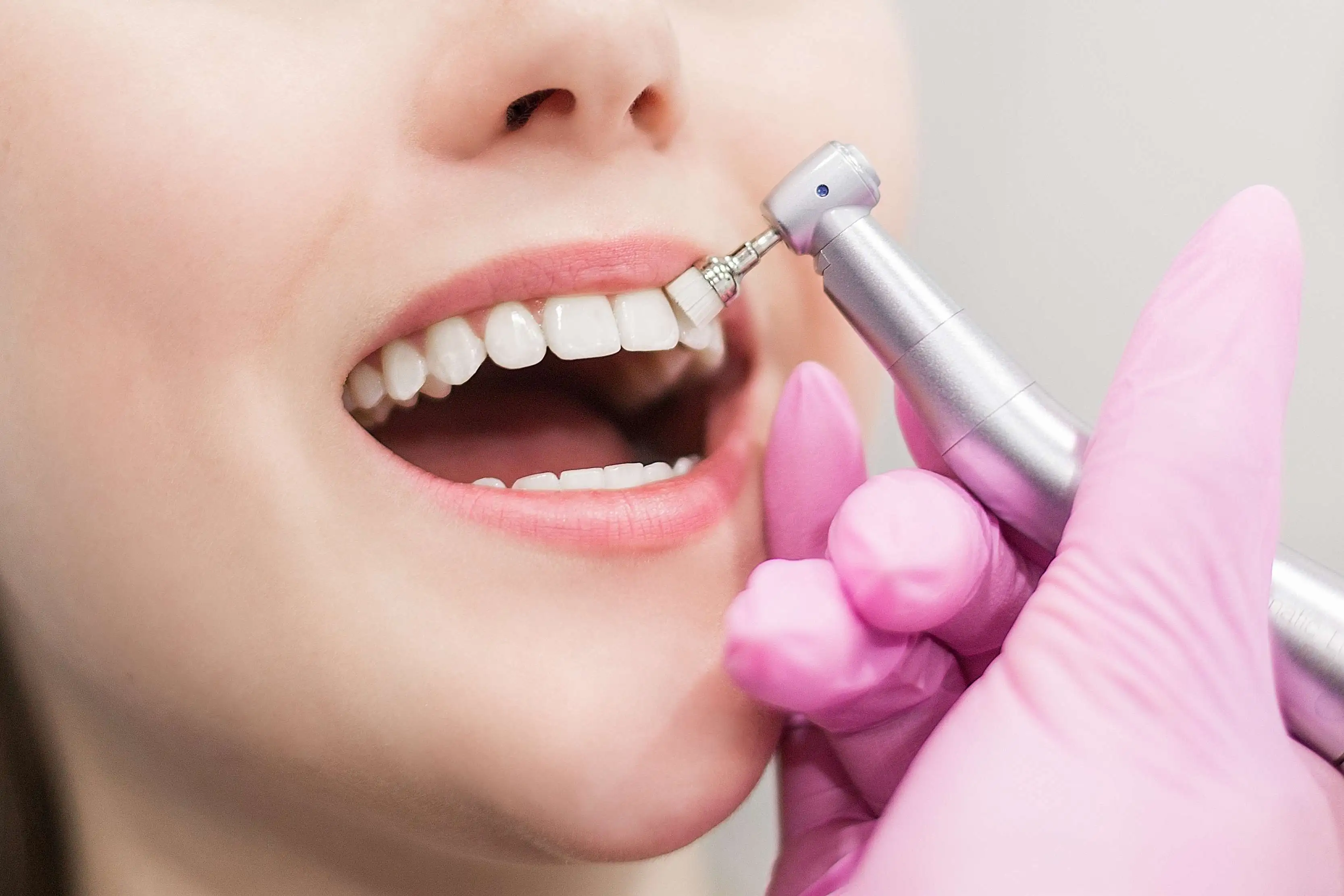- office@dentalonfirst.com
- 136 Main St. West New Prague MN, 56071
- Mon-Thurs: 8:00 a.m. - 5:00 p.m. Fri 8:00 a.m. - Noon
- 952-758-3003
In This Article
ToggleSome pesky yellow tones never disappear, no matter how often you brush your teeth. If your teeth look stained and you are considering treatment for the same, you may wonder, “Is teeth whitening safe?”
Most people desire pearly white, straight teeth as a physical asset. Many people believe having a bright smile can affect how much they earn, their social status, and their success in love! All in all, there are many good reasons to consider having your teeth whitened.
But what about teeth whitening risks? There are many options for treating yellowing teeth, like at-home kits, in-office treatments, and dentist-prescribed options; all seem tempting for different reasons. And it can be unclear to figure out which ones are safe.
But don’t panic, as we have compiled the ultimate guide to teeth whitening for you. So, keep reading to find out—if teeth whitening is safe.
Teeth whitening is the process of bleaching the teeth to make them lighter. Teeth whitening cannot make teeth brilliant white, but it can lighten their existing color by several shades.
Different ways of teeth whitening are:

All kinds of toothpaste can remove surface stains from teeth because they contain mild abrasives. But whitening toothpaste contains chemical agents or gentle polishing that is effective for additional stain removal.
Whitening toothpaste helps in removing surface stains only and does not contain bleach. In contrast, professional whitening or over-the-counter products contain hydrogen peroxide or carbamide peroxide to lighten the color deep in the tooth.
Prescription-strength whitening in a professional dentist’s office makes your teeth three to eight shades lighter. In contrast, whitening toothpaste can only lighten the tooth’s color by about one shade.

Whitening gels are clear, peroxide-based gels. You can apply them directly to the surface of the teeth using a small brush. Depending on the strength of the peroxide, its instructions vary. I think following the directions on the product packaging is essential. You may see initial results in a few days, and the final results last about four months. You will have to apply whitening gels twice daily for 10 to 14 days.
A whitening strip is a skinny, virtually invisible strip coated with a peroxide-based whitening gel. You should always apply these strips according to the instructions on the label. Whitening strips and gels are readily available at a pharmacy, dentist, or online.

Whitening rinses are among the newest whitening products available in the market today. They freshen your breath, reducing dental plaque and gum disease like most mouthwashes. But these products also contain some ingredients, such as hydrogen peroxide, to whiten teeth. Whitening rinses can take 12 weeks to show results. Before brushing your teeth, swish the whitening rinse around your mouth for 60 seconds twice daily.
However, some experts say rinses are less effective than other over-the-counter teeth whitening products. The whitening rinse is only in contact with the teeth for a short time, i.e., just 2 minutes a day, and the whitening strips stay in the mouth for 30 minutes twice a day so that it may have less of an effect. Some people also brush their teeth with whitening toothpaste after rinsing for an enhanced effect.

In-office teeth whitening is the quickest and most effective way to whiten teeth. In the case of in-office bleaching, the dentist applies whitening products directly to the teeth, and these products can be used with a special light, heat, or laser. You only need one appointment of 30-60 minutes to see the treatment results.
You must get a professional mouth exam and cleaning first if you decide to whiten your teeth at home because sometimes you may only need a thorough cleaning to restore your smile’s sparkle.
The dentist will also check the health of your gums and look for cavities during the exam. Treating any problems before teeth whitening treatment is safer for your mouth.
Teeth whitening is an excellent solution for those looking to brighten their smiles. However, the question remains–is teeth whitening safe?
Compared to other whitening methods, professional teeth whitening is safe if you start with healthy gums and teeth. An expert dentist will also clean teeth and check oral health before professional-strength treatments. If you have gum disease, the dentist can also carefully paint a professional strength solution on your teeth, giving you the results you are looking for without affecting your gums.
So, is teeth whitening safe? Tooth whitening or bleaching products can make teeth temporarily sensitive and uncomfortable for people with sharp teeth. Home whitening kits can also burn or temporarily bleach gums if misused.
Teeth whitening is less effective for people with brown teeth and works best for people with yellow teeth. Tooth bleaching won’t work for people with gray or purple teeth.
Professional teeth whitening at Dental on First is the best option if you want safe and sure shot results. Our tooth whitening treatment is worth your time and money.
So, contact us today if you desire a bright and healthy smile!
At Dental on First, our aim is that every patient should leave smiling. And our dental team is highly knowledgeable, professionally skilled, and expertly trained to use state-of-the-art equipment and techniques to produce healthy and beautiful smiles for you.
Copyright © 2023 New Prague Website Design by: eMod, LLC | Best Dentist in New Prague, MN | Dentist in New Prague, MN | Dentist in West New Prague, MN | Dental On First, New Prague, MN